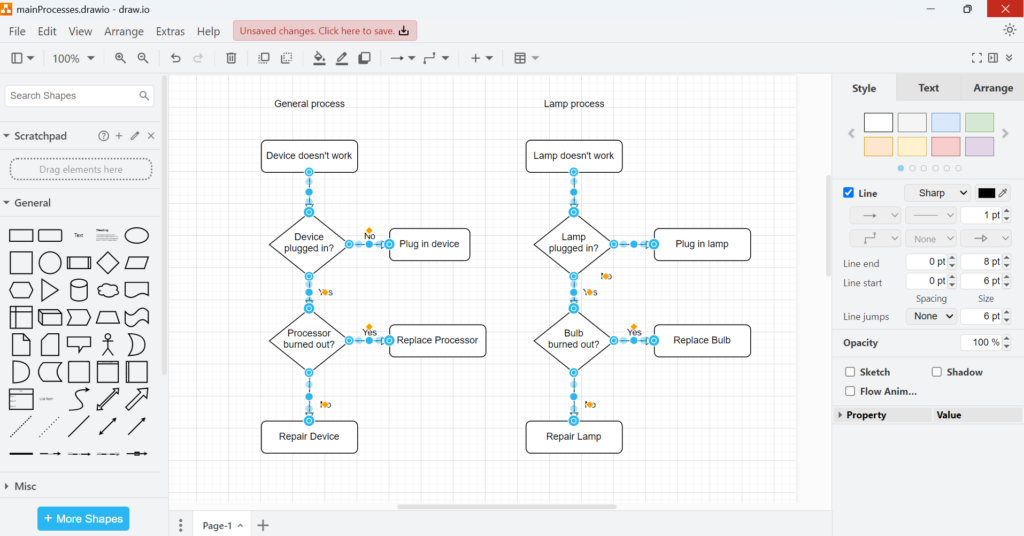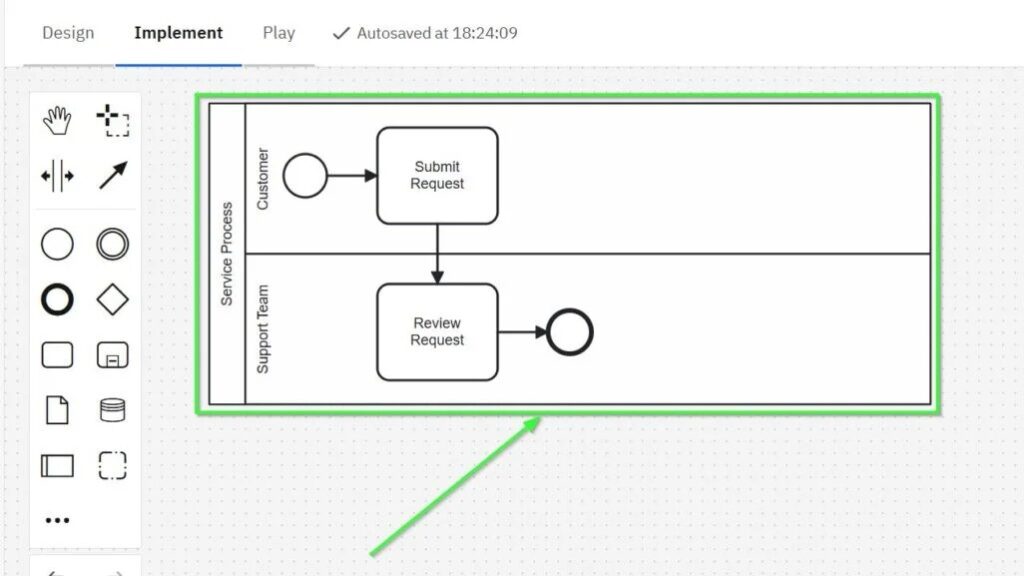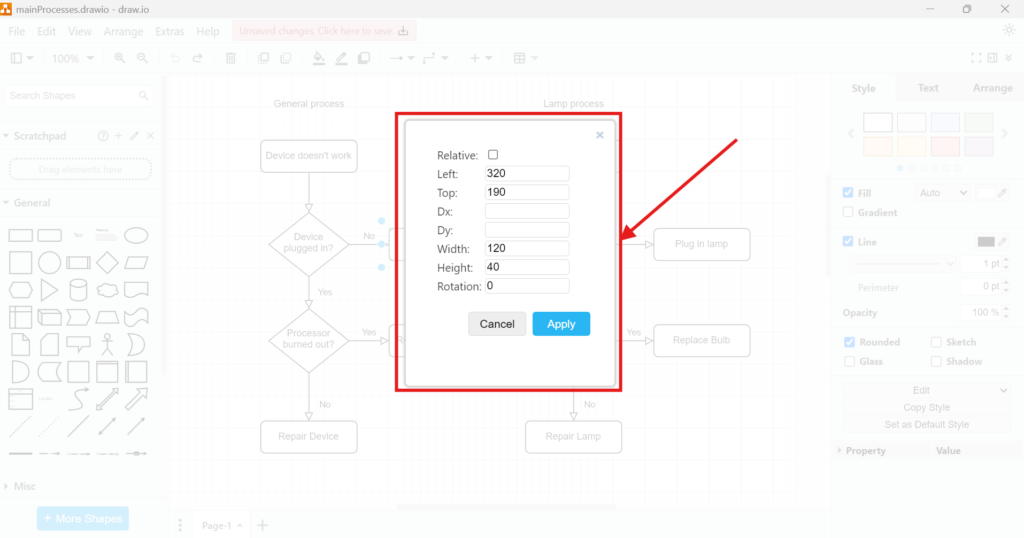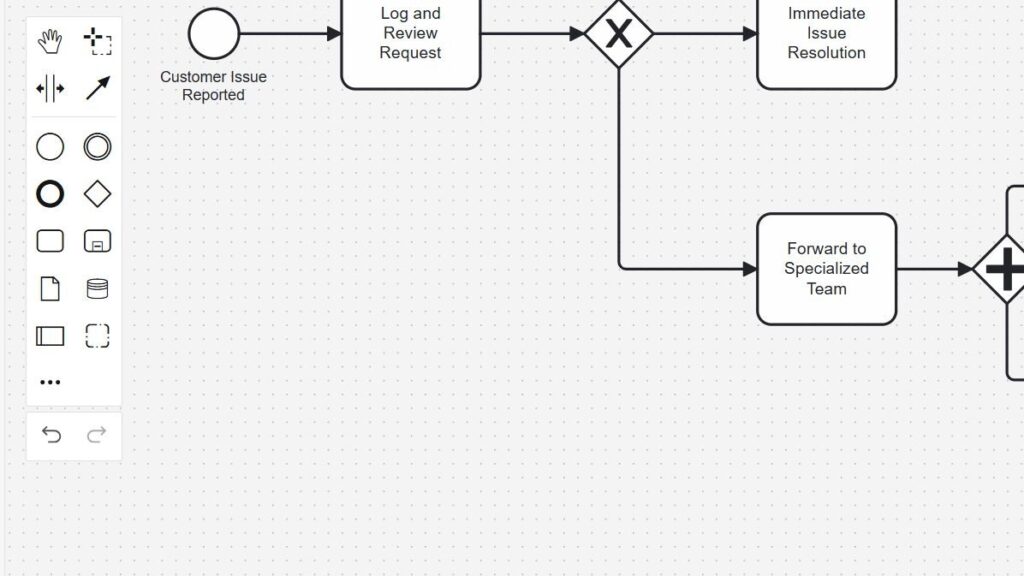ITIL Request Fulfillment Process: simplified
IT services play a crucial role in modern businesses. But let’s face it—managing these services effectively isn’t always easy. That’s where frameworks like ITIL come in. ITIL offers a structured approach to managing IT services, ensuring they meet business needs while keeping users happy. One of its key components, the Request Fulfillment process, is all about handling user requests efficiently. Let me break it down for you.
ITIL Request Fulfillment Process: simplified Read More »



















